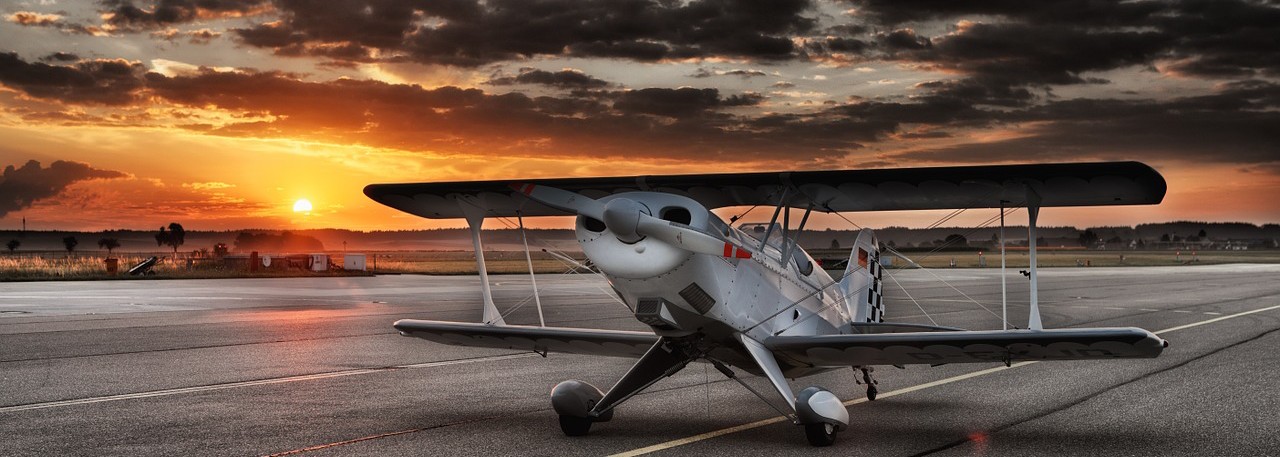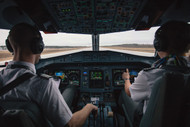Here's What You Need to Know About Spatial Disorientation
By on Oct 2nd 2017
We haven't always been sky-bound, but I don't have to tell you this. Flying is a relevantly recent thing for us. Being suspended in a big metal tube-thing about 40,000 feet in the air is something that only our generation has experienced, so we haven't really adapted to it quite yet.
This is where spatial disorientation comes into play.
What is spatial orientation?
We've always been grounded as humans, and our brains are used to that. When we change our environment, things get a little wonky in the brain.
Spatial disorientation is defined as our ability to keep our bodies orientated or positioned properly related to the surrounding environment. The problem is that we just aren't used to the environment in the sky and our brains can get really confused when we're moving around up there.
In flight, it's hard to get a hold of our orientation because so many aspects of our environment have changed. The pressure is different up there, for one, and it's a three-dimensional environment that we aren't used to being in.

Now, if we go back in time for a second and think about learning all about the equilibrium and all the parts of your vestibular system, that's what we're dealing with here. These-paired with your brain-help to keep you balanced and play a major role in spatial orientation. Without them, we have a hard determining our body's position and movement.
Now, all of this stuff-the fluid in the canal and your brain, specifically-gets a little thrown off by that 3D environment.
What's worse? There are different types of spatial disorientation, including -the leans,- Coriolis illusions, graveyard spirals, elevator illusions, and more.
What are the threats and how do pilots correct this?
So, if a pilot looks at the ground-as you might have heard in a certain murder podcast-they can crash the plane. Alright, it's not as black-and-white as that-it's more like if a pilot relies on their vision, rather than what their instruments tell them about their location in the sky, things could end poorly.
There have been cases of this happening, but it's a rare occurrence. The key for pilots is being aware of how to correct these illusions and the tricks your eyes play on you in these foreign environments.
Pilots can experience spatial disorientation in a number of simulators and must undergo proper flight training before they take the wheel. Flight instruments help pilots to correct their position in the sky when their bodies are experiencing spatial disorientation. All of this is especially true if a pilot is flying in low visibility or difficult weather conditions.
Disregarding sensory illusions and feelings when in flight and, instead, trusting flight instruments is key for pilots to ensure a safe flight.
So, always remember that the pilot is dealing with a lot up there in the front of the plane and there's no need to give him a hard time for delays! Remember, everything he does is for your safety.
Sources:
https://www.faa.gov/pilots/safety/pilotsafetybrochures/media/SpatialD.pdf
http://www.skybrary.aero/index.php/Spatial_Disorientation
http://www.boldmethod.com/blog/lists/2015/03/6-types-of-spatial-disorientation-and-how-to-prevent-each-one/







